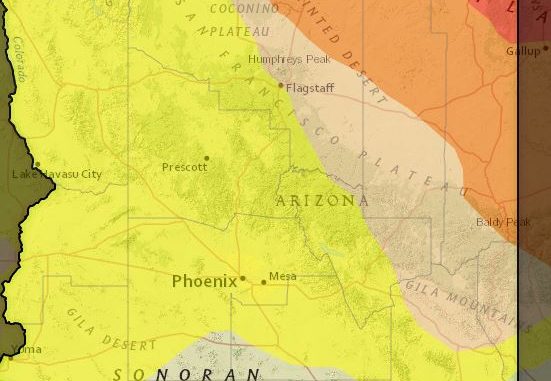
Last night (1/31/19) the Arizona Legislature passed and Governor Ducey signed the Drought Contingency Plan. As you recall from our interview with Rep. Dunn the deadline was Jan. 31, 2019 or the U.S. Department of Interior would make water decisions for Arizona.
The Arizona Republic has carried an ongoing series worth reading on our water issues with articles dating back more than 3 years.
The need for a renegotiated pact with Arizona, Mexico and the other 6 states involved was obvious for several years. Central Arizona Project (CAP), the Arizona Department of Water Resources, the Legislature, the Governor, cities, counties, water providers and water using industries have been discussing the issue for several years now.
WeMAR hosted CAP in 2017 in an effort to educated our members and their clients on the structure of the Arizona water system and discuss upcoming water issues. It would be worth your while to re-visit the video CAP to TAP of that event in order to provide background to yesterday’s legislation.
You can read the two pieces of legislation that made up the Drought Contingency Plan, Senate Bill 1227 and the Joint Resolution.
CAP and the Arizona Department of Water Resources put together a short video discussing the Drought Contingency Plan
Here are some high points to the plan:
- Arizona preserved its ability to participate in the lower basin plan along with California and Nevada.
- The states in the plan will share in water cutbacks between 2020 and 2026.
- The plan is designed to prevent declining water levels in Lake Mead.
- Pinal County farmers have the lowest water priority, the plan focuses on spreading water cutbacks and providing Pinal farmers an ability to access groundwater.
- Gila River Indian Community and the Colorado River Indian Tribes will receive more than $100 million in exchange for access to their water rights.
- There are some changes to Arizona’s groundwater management rules.
Now, as Representative Dunn alluded to in our January conversation, local cities and counties will be asked to provide water plans and ordinances to help conserve water while allowing the economy to progress.
You can access the Arizona Drought Monitor Map to see where the drought is most intense.
